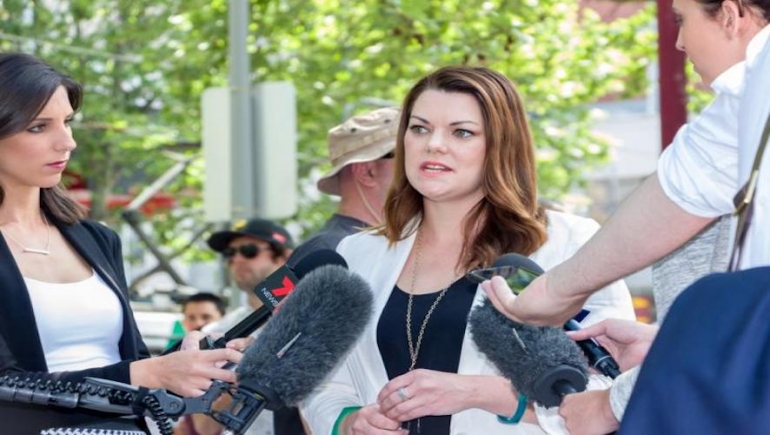By Chantelle Mayo
As the number of women in politics increases, the violence isn’t going away, it’s just changing form – and so are our solutions to it, according to Dr Mona Lena Krook.
Dr Krook’s research into gender quotas and gender-based violence in politics in countries such as Mexico and Pakistan has produced some surprising conclusions about what she terms ‘the resistance’ – acts of discrimination or violence against women in politics.
“The resistance used to be about preventing more women getting into politics, and now that gender quotas require the women to be there, the resistance is taking these new forms ‚Ķ to make it difficult for women to want to stay, or to be, in politics – or if they’re there, just make it a completely miserable experience.”
Despite this knowledge, the Rutgers University expert who visited UNSW Sydney in August has found great hope in learning about the creative solutions invented by women in politics around the world in response to the issues they face.
Cases include the decision of the electoral commission in Pakistan to nullify the votes of any district in which women do not comprise at least 10% of votes to ensure the participation of women in the electoral process.
In Mexico there was an initiative by various state institutions to identify and sanction violence against female candidates. Locally elected women in Bolivia also successfully lobbied for the first law in the world criminalising political violence and harassment against women.
“It gets to the heart of the issue, that this is a question of, not just democracy and democratic participation, but also electoral integrity,” Dr Krook said.
“It says a lot about norms around gender really affecting political outcomes ‚Ķ and who’s allowed into political decision-making.”
The Australian Government does not have gender quotas, but definitely has its share of gender-based issues.
According to the World Economic Forum global gender gap index, Australia’s ranking for female political empowerment has regressed over the past eight years.
The need for a comprehensive code of conduct for sexual harassment in the Australian Federal Parliament was apparent for many years, but it wasn’t until June 2018 that the Workplace Bullying and Harassment - Policy and Procedure for MOP(S) Act Employees and Parliamentarians was reformed to address this need.
Former Australian Prime Minister Julia Gillard’s 2011 speech on misogyny and Senator Sarah Hanson-Young’s 2018 clash with Senator David Leyonhjelm highlight that despite increasing female participation in politics, women consistently face personal attacks.
And whilst the right to freedom of speech is essential within the political sphere, Dr Krook asks whether this right extends to sexual or personal comments.
“We’re really seeing some serious rethinking about ‚Ķ the privilege of elected officials in terms of the things they say and do in their capacity as elected representatives,” Dr Krook said.
“I think we’re seeing a moment where we’re starting to call out misogyny, not just in politics but in all different spheres of life.”
Chantelle Mayo was the Australian Human Rights Institute Student Intern in Semester 2, 2018.
